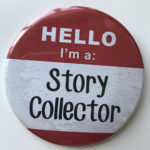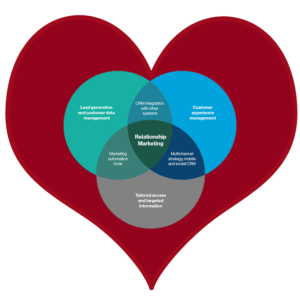The world may be divided into two camps:
- Those who treat themselves to a single chocolate each day, relishing each delightful experience, and
- Those who plunge into their box of chocolates, no holds barred, reveling in the glorious choice of flavors.
Which one are you?
Whichever type you are, I invite you to savor this gift I’d like to give you. It’s a gift of knowledge about an important and relevant topic: Inclusivity in Research.
If you prefer “one-chocolate-at-time,” I’m sharing bite-sized videos (1-2 min.) with tips on how to write inclusive discussion guides — from Introduction to Group Dismissal:
- Video 1 | The Intro: Setting the Stage
- Video 2 | The Intro: Inclusive Behaviors
- Video 3 | The Intro: Inclusive Language
- Video 4 | Inclusivity in the Warm-Up Question
- Video 5 | The Body: Interactive Exercises Foster Inclusivity
- Video 6 | The Body: More Inclusive Language Tips
- Video 7 | Inclusivity in the Wrap-Up
- Video 8 | Inclusivity in Group Dismissal
For my “all in” friends, you can take in the entire video in one sitting by clicking the button below (…and finish off that box of chocolates as you do).
Either way, I hope you find this series helpful as we all seek to be truly inclusive in our research!
XXOO -Alicia
P.S. What kind of chocolate-eater do you think I am? Send me an email and I’ll tell you!





 dolphin (“Winter”) saved them from financial ruin. In truth, though, it is consistent, intentional storytelling that has made
dolphin (“Winter”) saved them from financial ruin. In truth, though, it is consistent, intentional storytelling that has made 



 A recent
A recent 


 Have you heard? “Content is King!” This week Insights360 attended the
Have you heard? “Content is King!” This week Insights360 attended the 